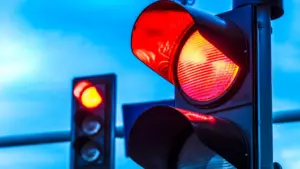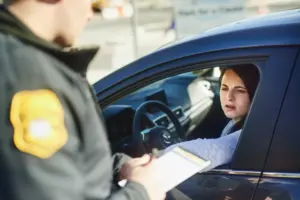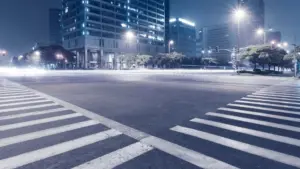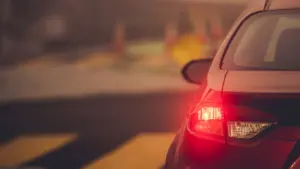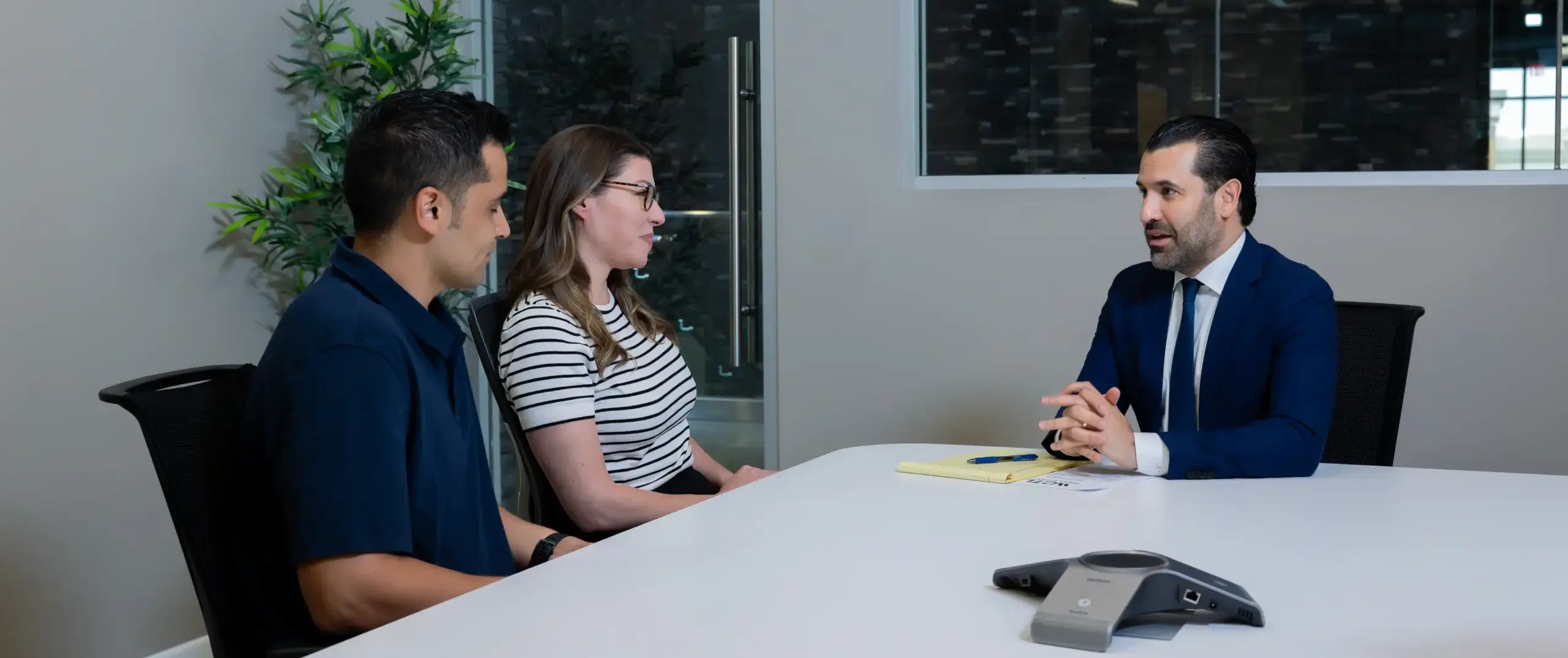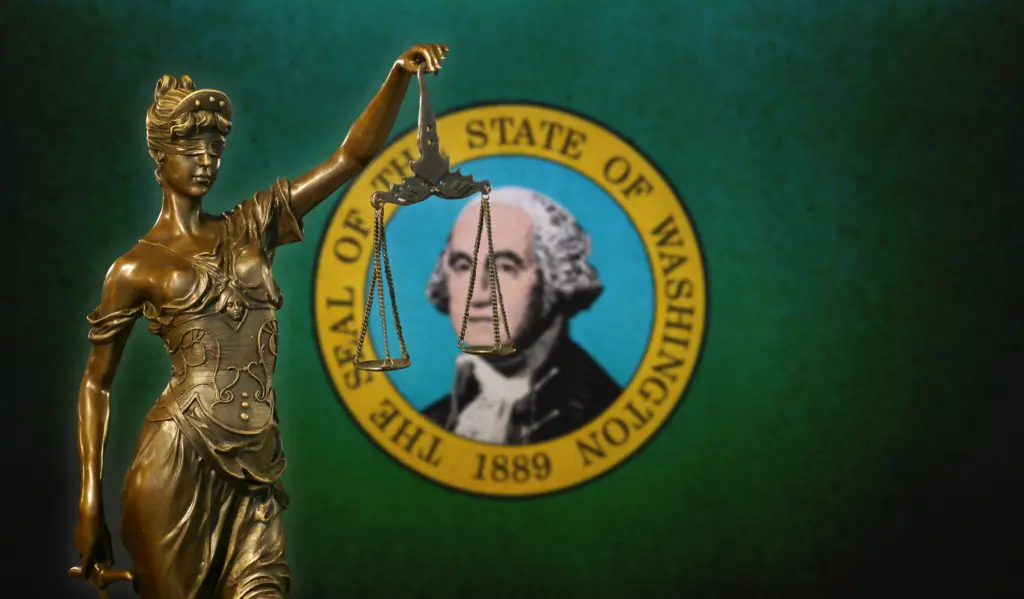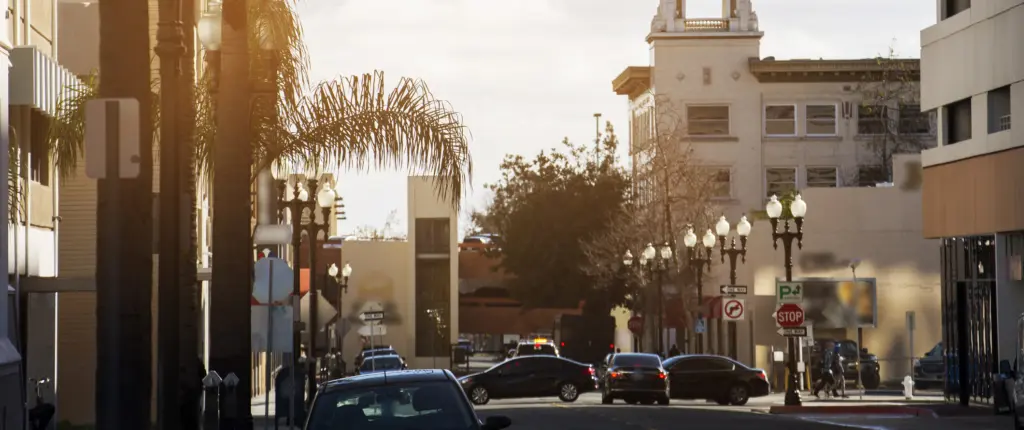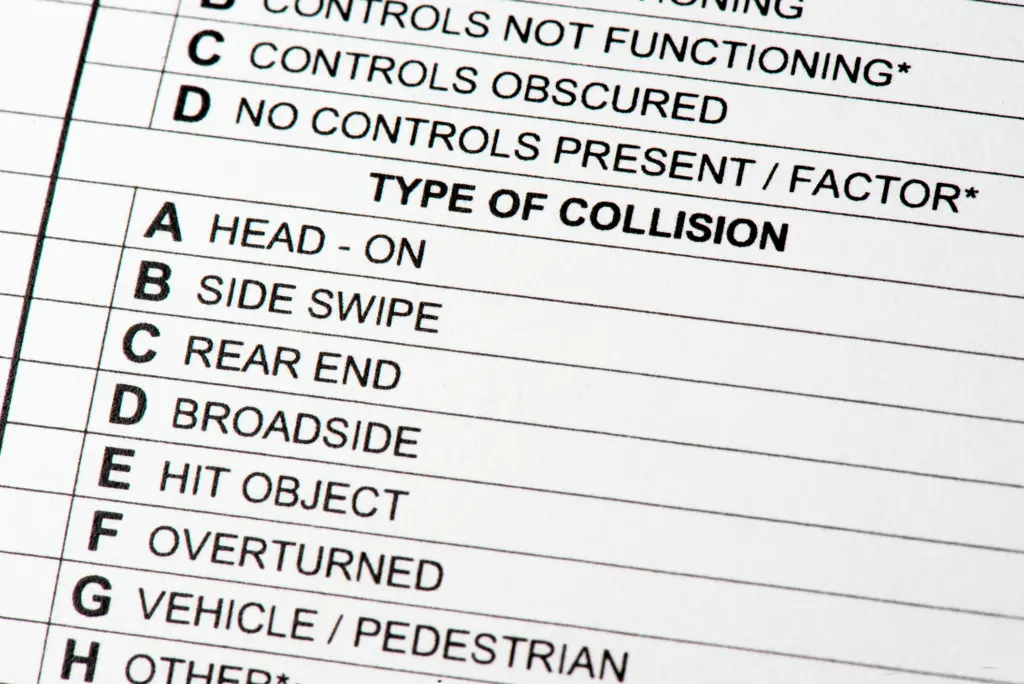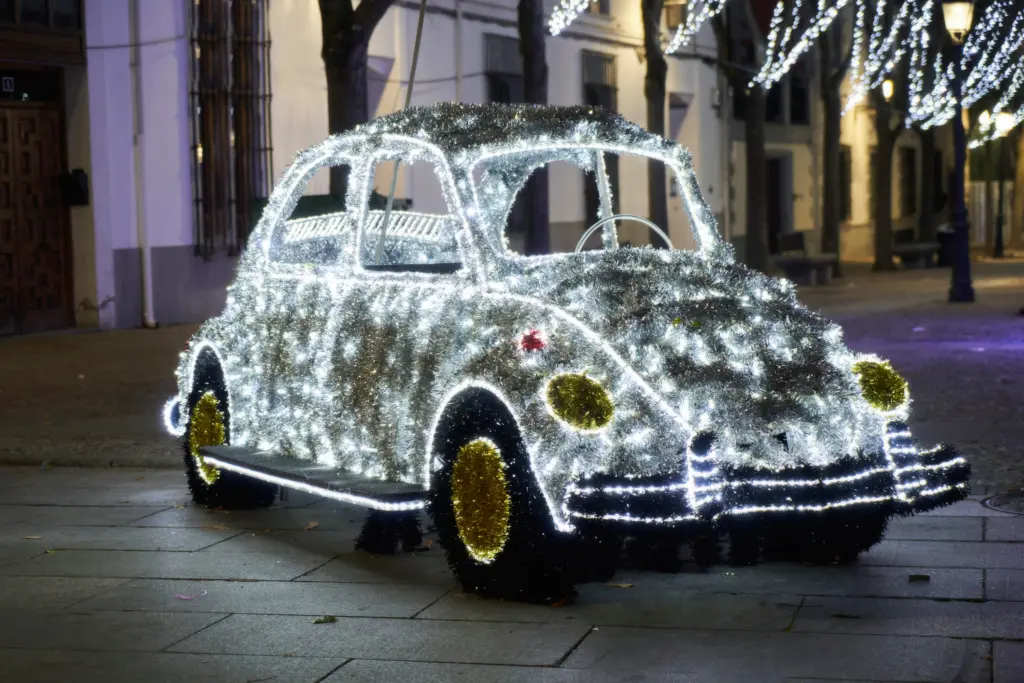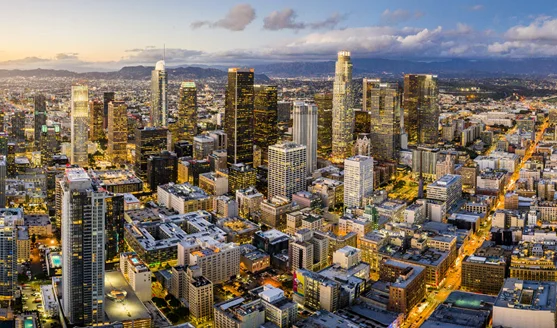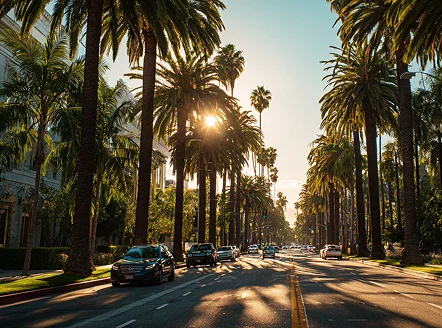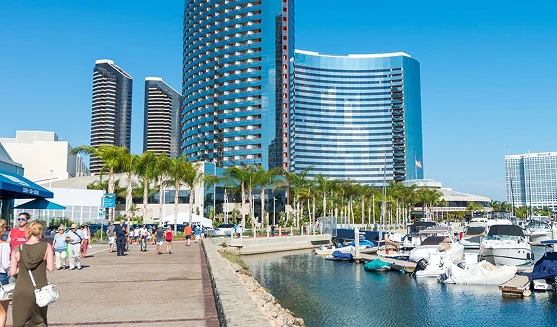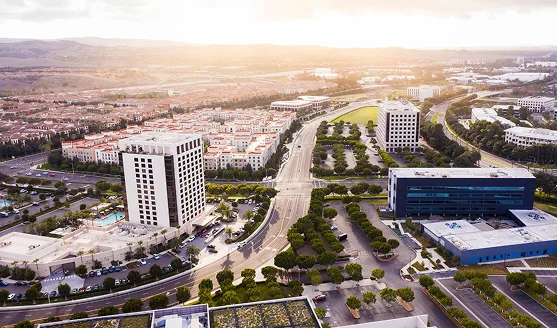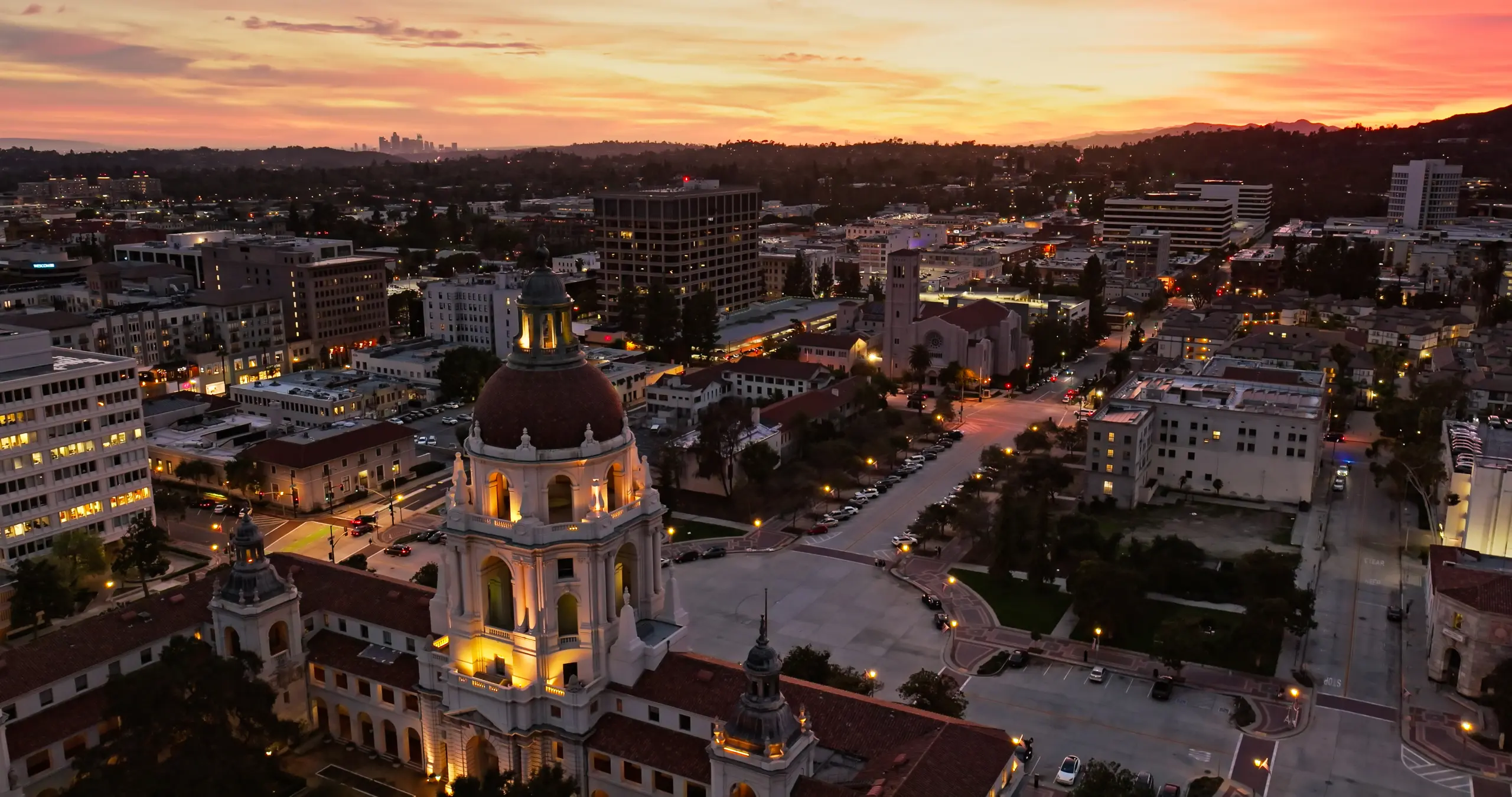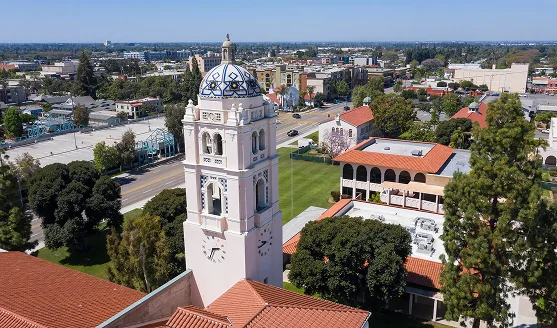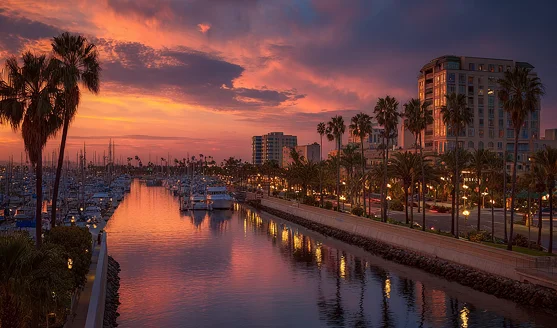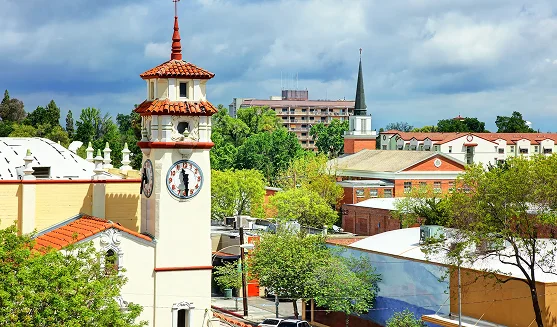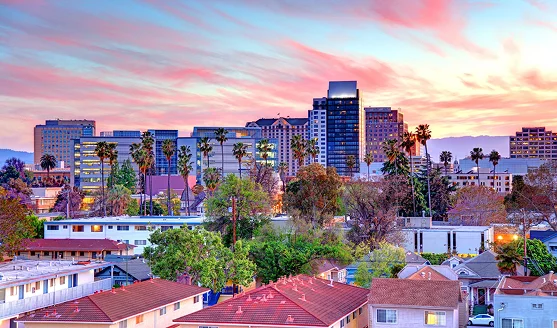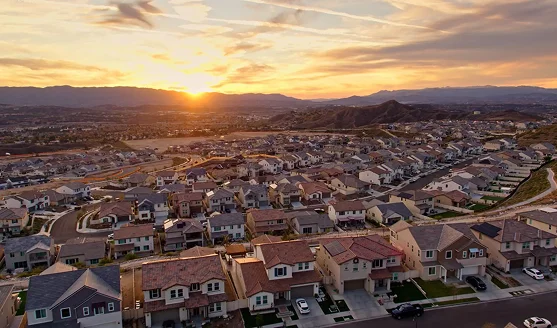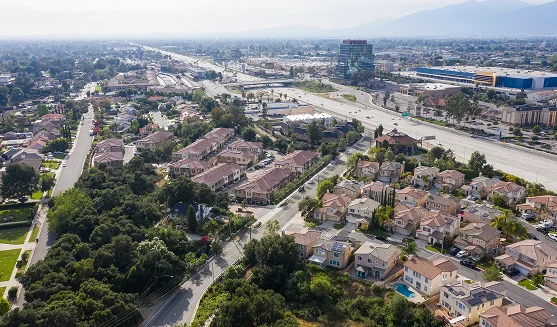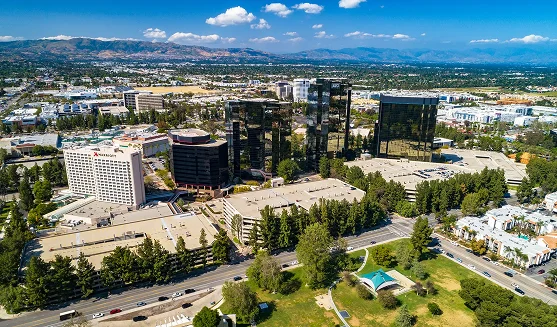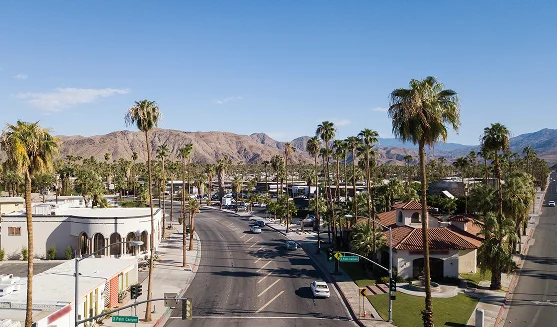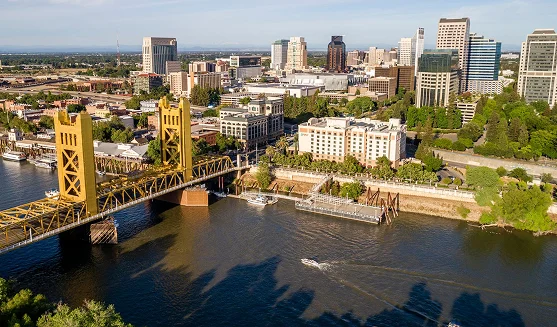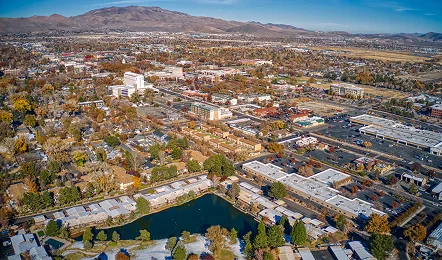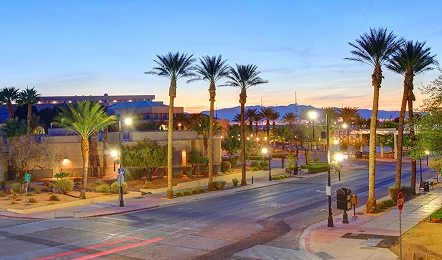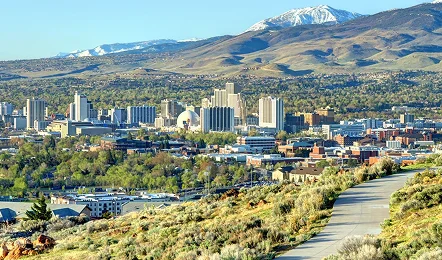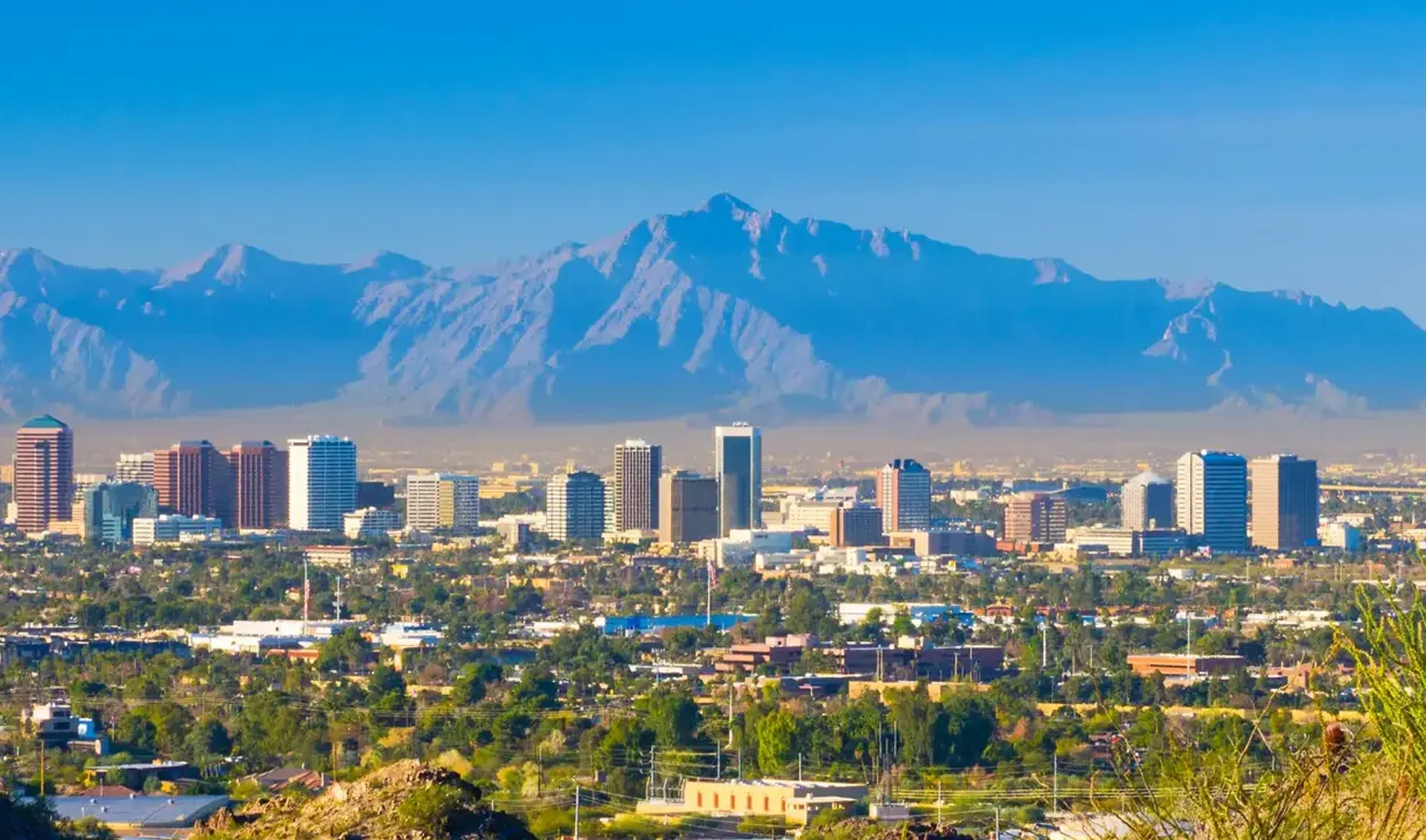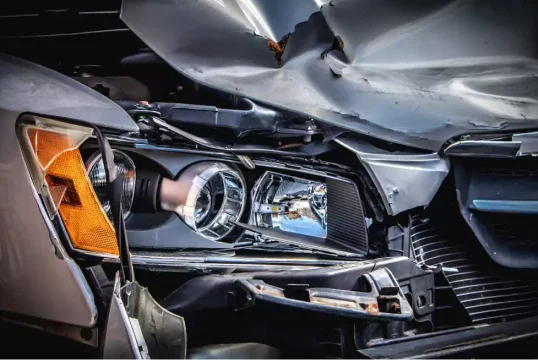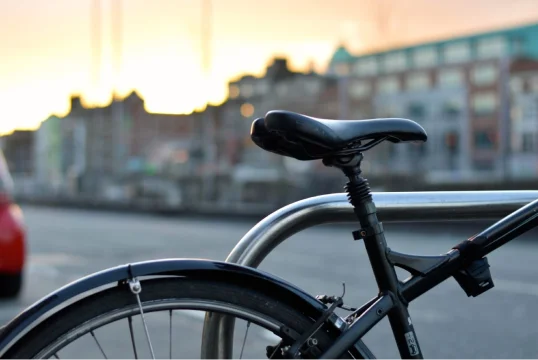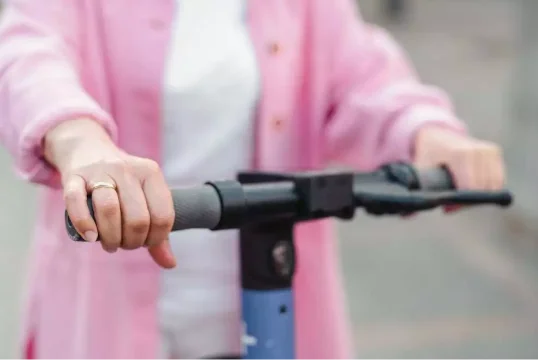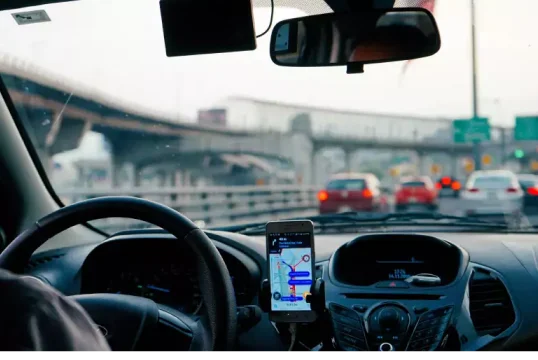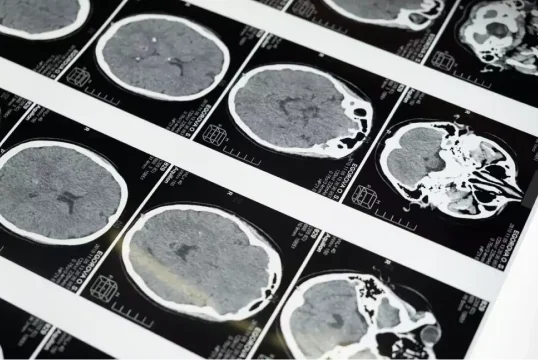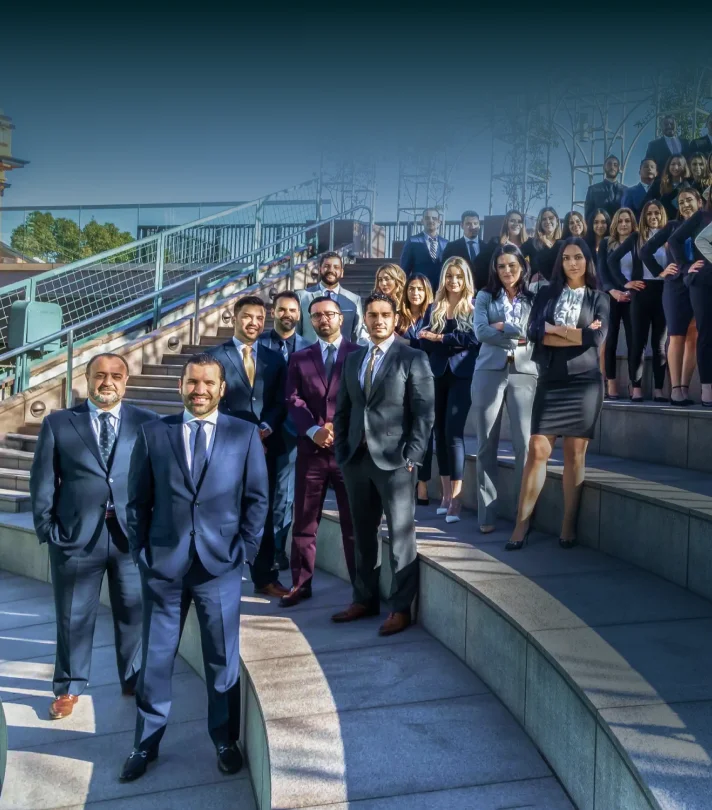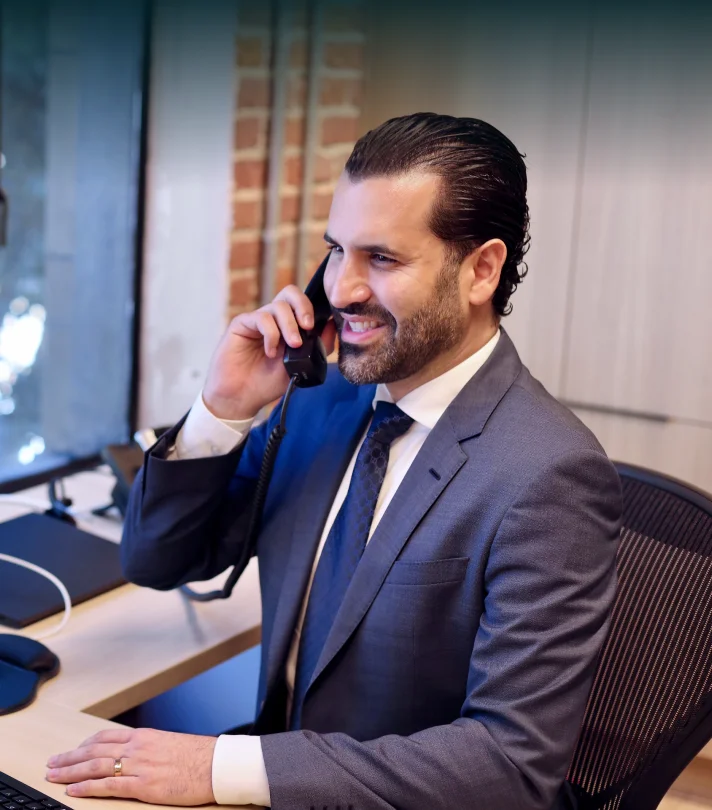Each year, thousands of serious accidents happen in intersections. Many are caused by last-second decisions to merge, pass, or switch lanes. With so many vehicles, pedestrians, and signals converging in one space, it’s easy for confusion to turn into collision.
That leads many drivers to wonder: Is it illegal to switch lanes in an intersection? And if it’s not strictly against the law, when can it still get you ticketed or held responsible for an accident?
Let’s explore what the law says, what “unsafe lane change” really means, and how different states interpret this common driving maneuver.
Lane Changes at Intersections
Changing lanes means moving from one marked lane to another without stopping or turning. Doing it in or near an intersection is risky: intersections are meant for crossing and turning, not weaving, and unexpected moves leave others little time to react. NHTSA reports over 10,000 U.S. deaths each year from intersection crashes, often tied to perception or decision errors; with limited sight lines, pedestrians, and traffic entering from all sides, most states permit lane changes only when it is safe and practicable.
Can You Switch Lanes While Approaching an Intersection?
You’re driving toward a traffic light and suddenly realize you’re in the wrong lane. Maybe your lane turns right but you need to go straight. Is it legal to make a quick switch? It depends on where you are and how close you are to the intersection.
In most states, lane markings determine what’s allowed.
- Broken white lines– Generally okay to cross if it’s safe and signaled.
- Solid white lines– Typically illegal to cross near or through intersections.
- Double solid or painted buffers/gores- Always prohibited.
Some states also set distance restrictions. For instance, Nevada and Florida require continuous signaling for 100 feet before turning or changing lanes, which effectively means you shouldn’t make a lane change within that range of the intersection.
Even if there’s no specific “100-foot” rule, police officers and insurers often interpret last-second merges near lights as unsafe maneuvers, especially if another driver has to brake or swerve in response.
Can You Switch Lanes While Driving Through an Intersection?
Most drivers assume it’s flat-out illegal to change lanes while crossing through an intersection. The truth is more nuanced.
Very few state codes explicitly prohibit lane changes inside intersections. Instead, they rely on general safety clauses. For example:
- California Vehicle Code §22107 says a driver may turn or move right or left only when it’s safe and with proper signaling.
- Arizona Revised Statutes §28-729 requires drivers to stay in a single lane and not move until it’s safe to do so.
- Nevada Revised Statutes §484B.223 uses nearly identical wording.
So, if your lane change doesn’t interfere with another vehicle, cross a solid line, or disrupt traffic, it might technically be legal. But in practice, it’s risky—and if a crash happens, you’ll almost certainly be blamed for creating an unsafe lane change.
Our California Car Accident Lawyer team often sees these cases hinge on a single question: Was the maneuver predictable and safe under the circumstances?
Why You Might Get a Ticket for a “Legal” Lane Change
Even if your state doesn’t ban mid-intersection lane changes, police can still cite you under broader safety laws.
Common violations include:
- Unsafe lane change (most states have this as a catchall)
- Failure to signal before moving
- Failure to maintain lane (if you drifted across markings)
- Failure to yield to vehicles or pedestrians
A citation for unsafe movement may seem minor, but it can create a presumption of fault in a civil claim if someone was injured. That’s why you should document the scene immediately after an accident by taking photos, collecting witnesses, and even video from nearby businesses can make or break your case.
If you’re facing a dispute over fault, our Comparative Negligence guide explains how fault percentages can impact your recovery.
How the Rule Differs by State
While all states require lane changes to be made safely, a few have nuances worth knowing if you travel frequently.
- California: No explicit prohibition, but unsafe or abrupt movement can violate §§22107 and 21658.
- Nevada: Lane changes allowed if safe, but overtaking near intersections on two-lane roads is banned.
- Arizona: Similar “safe and practicable” rule under §28-729; no explicit intersection ban.
- Washington: Interprets mid-intersection lane changes as improper lane travel, especially in city jurisdictions.
- Texas: Broad discretion for police; officers often cite “unsafe lane change” or “failure to signal.”
- Florida: Statute §316.089 mandates staying in a single lane and signaling 100 feet before turning.
Across all these states, the theme is consistent: legality depends on safety, markings, and timing. Even without a specific “no lane change” law, enforcement and insurance fault analysis often treat intersection lane changes as dangerous conduct.
Defensive Driving: Best Practices at Intersections
If you want to avoid tickets and collisions, keep these defensive habits in mind:
- Plan early– Position yourself for your turn or route at least half a block before the intersection.
- Signal early– Most states require continuous signaling for 100 feet before a lane change.
- Hold your lane– If you miss your turn, keep going straight and circle back.
- Watch for pedestrians and bikes– Intersections are multi-user zones.
- Obey lane markings– Solid lines are legal “walls.”
- Keep calm– Don’t rush a merge; impatience is a leading cause of intersection crashes.
If another driver swerves into your lane, try to brake or steer smoothly because sudden reactions cause secondary collisions.
For more driving safety insights, see our Car Accident Prevention Tips.
How West Coast Trial Lawyers Can Help
Intersection accidents often involve conflicting stories and unclear laws. At West Coast Trial Lawyers, we collect and preserve critical evidence like photos, dashcam footage, intersection diagrams, and police reports to establish fault clearly.
We handle all insurer communications, negotiate for full compensation, and take cases to trial when needed. Our attorneys have recovered over a billion dollars for clients across the country, and we don’t charge a cent unless we win.
If you were injured in a lane-change or intersection collision, reach out for a free, no-obligation consultation by calling (213) 927-3700 or fill out our easy online contact form today.

